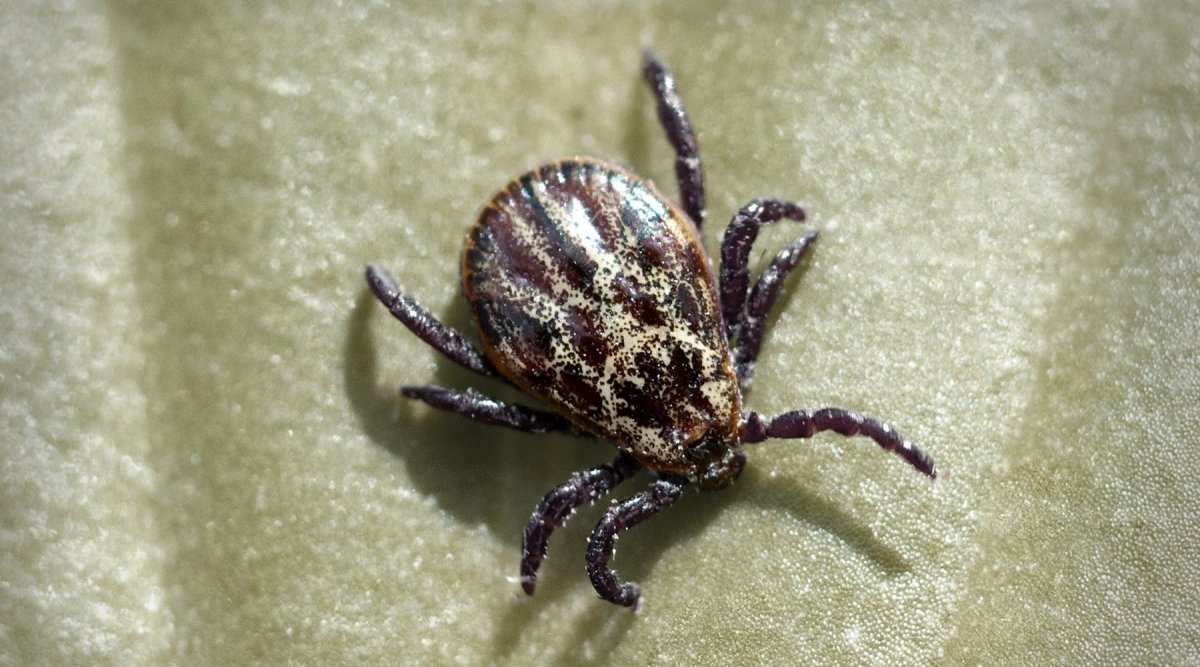Spring and summer used to be the most active months for ticks, but now these pests also plague humans and animals in winter. The alluvial forest tick, also known as the winter tick, has significantly extended its territory to northern Europe. While this tick species used to be considered more of a travel souvenir from southern European countries, it is now a regular visitor to Germany and even southern Latvia.
There is no getting around year-round tick prophylaxis
Dermacentor reticulatus is the name given by experts to the cold-resistant brown tick and is one of 35 tick species of the genus Dermacentor. Brown and up to 16 millimetres in size, it is not only larger than the common wood tick, it is also a carrier of numerous diseases. From dog malaria and equine piroplasmosis to Q fever, a disease without an approved vaccine, the winter tick is also said to transmit pathogens of the dreaded tick-borne encephalitis (TBE). Veterinary practitioner Dunja Wardecki warns: "Vaccination protection and year-round tick prophylaxis are now more important than ever."
Study shows significant spread
According to the study "The spatial distribution of Dermacentor ticks (Ixodidae) in Germany - evidence of a continuous spread of Dermacentor reticulatus" from September 2020, the winter tick has spread considerably in Germany over the last 50 years. While the bloodsuckers were found in eastern Germany in the 1960s, they now inhabit all federal states all year round.
Researchers believe that climate change is the cause of this widespread distribution. As it is also getting warmer in northern Europe, all tick species are happy about the mild temperatures. Although the winter tick also prefers temperatures around the 20 °C mark, its cold tolerance means that it can survive winters around freezing point.
In addition, ticks have generally become more adaptable. It is therefore not surprising that they start looking for potential hosts at 4 °C+. Even in the freezer at -12 °C, the pests remain active for a few days.
Dogs and horses are popular hosts
The winter tick prefers dogs, horses, cattle and foxes as its final hosts. So far, humans have been largely spared and are only bitten in exceptional cases.
Pet owners, especially those of dogs and horses, now need to rethink. While most pet owners only think about tick protection for their animals from March or April at the latest, the spread of the winter tick shows that the winter months should also be taken into account.
The winter tick is much more aggressive
In contrast to the rather passive wood tick, which infests the host by locating it with Haller's organ in direct physical contact, foresters have observed that the winter tick actively searches for prey and moves aggressively towards a potential host once it has been located. This behavior is known primarily from tropical shield ticks.
As a habitat, the pests favor damp areas such as moors, wet meadows but also fallow open areas as well as meadows and forests.
If you want to protect your four-legged friend from infection with canine malaria or the widespread Lyme disease caused by ticks, we recommend using tick repellents all year round and strengthening your pet's immune system. This is because strong defenses protect your four-legged friend from ticks from the inside out and make it unattractive to the culprits.



